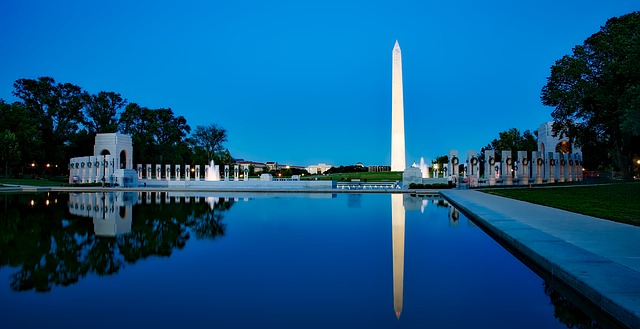The federal government on Thursday announced an additional tranche of $20 billion in coronavirus relief funding for a wide swath of health care providers, with the caveat that interested parties should apply as soon as possible.
Starting October 5, the Department of Health and Human Services will begin accepting applications for the Phase 3 General Distribution of COVID-19 relief, specifically targeting the following types of providers:
- Providers who previously received, rejected or accepted a General Distribution Provider Relief Fund payment. Providers that have already received payments of approximately 2% of annual revenue from patient care may submit more information to become eligible for an additional payment.
- Behavioral Health providers, including those that previously received funding and new providers.
- Health care providers that began practicing January 1, 2020 through March 31, 2020. This includes Medicare, Medicaid, CHIP, dentists, assisted living facilities, and behavioral health providers.
“Under this Phase 3 General Distribution allocation, providers that have already received Provider Relief Fund payments will be invited to apply for additional funding that considers financial losses and changes in operating expenses caused by the coronavirus,” HHS wrote in its announcement.
The application window will only last through November 6, and HHS warned that the largesse will go fast.
“We know providers want to receive payments shortly after submitting their information. However, this distribution requires cooperation on the part of all applicants,” HHS warned. “Again, HHS is urging all eligible providers to apply early; do not wait until the last day or week of the application period. Applying early will help to expedite HHS’s review process and payment calculations, and ultimately accelerate the distribution of all payments.”
The federal government has released about $100 billion in aid to health care operators from the Provider Relief Fund (PRF) thus far, generally with the stated goal of covering 2% of patient care revenues potentially lost during the pandemic.
Nursing homes have been able to tap into both the general distributions for Medicare and Medicaid providers, as well as targeted tranches specifically for the sector, including the most recent value-based competition system in which providers can split a pot of up to $2 billion for reducing COVID-19 infections and deaths.
The Thursday distribution, according to HHS, looks to supplement the 2% boost to account for further revenue declines.
In order to receive a Phase 3 distribution, operators must submit information about other Provider Relief Fund support they have received so far; those that did not achieve that 2% threshold will be made whole up to that amount.
Remaining funds will then be distributed to operators — in the form of an “equitable add-on payment” — based on the following criteria:
- A provider’s change in operating revenues from patient care
- A provider’s change in operating expenses from patient care, including expenses incurred related to coronavirus
- Payments already received through prior Provider Relief Fund distributions.
“HHS has worked to ensure that all American health care providers receive support from the Provider Relief Fund in a fast and fair way, and this new round helps ensure that we are reaching America’s essential behavioral health providers and takes into account losses and expenses relating to coronavirus,” HHS secretary Alex Azar said in a statement. “We’ve worked with all of the resources we have across HHS to ensure that America’s heroic healthcare providers know they can apply for support.”
The exact amount that could potentially flow to nursing home operators remains to be seen. The American Seniors Housing Association — a group that represents assisted living, memory care, and other senior living providers — noted in a message to its members that because the Phase 3 distribution appears to favor entities that have not received as much federal aid, assisted living companies may be at an advantage over skilled nursing and hospital operators.
LeadingAge, which represents non-profit senior care providers, indicated that nursing homes and all other health care operators are eligible to apply, and welcomed the news Thursday — specifically pointing to ongoing costs for personal protective equipment (PPE) and testing.
“The additional costs borne by our members as a result of the pandemic is significant, and will continue to grow for the foreseeable future,” Nicole Fallon, vice president of health policy and integrated services at LeadingAge, said in a statement. “Help such as this is welcome and necessary to ensure the care of and well-being of older adults and staff, and we appreciate HHS’s efforts to get these relief funds to those who have the greatest needs.”
The American Health Care Association, which primarily represents for-profit nursing and assisted living facilities, expressed cautious optimism about the latest HHS funding injection; the group has been lobbying for $100 billion in additional CARES Act funding for nursing home since the summer.
“As the virus shows no signs of letting up, nursing homes and assisted living communities require a constant flow of resources to acquire the testing, personal protective equipment and staff support needed to protect residents and staff,” AHCA said in a statement. “We also appreciate HHS acknowledging that lost revenue due to COVID puts our long-term care facilities at further financial risk, threatening access to seniors and individuals with disabilities who require round-the-clock care.”
This is a developing story. Please check back for updates.



